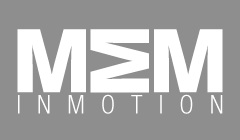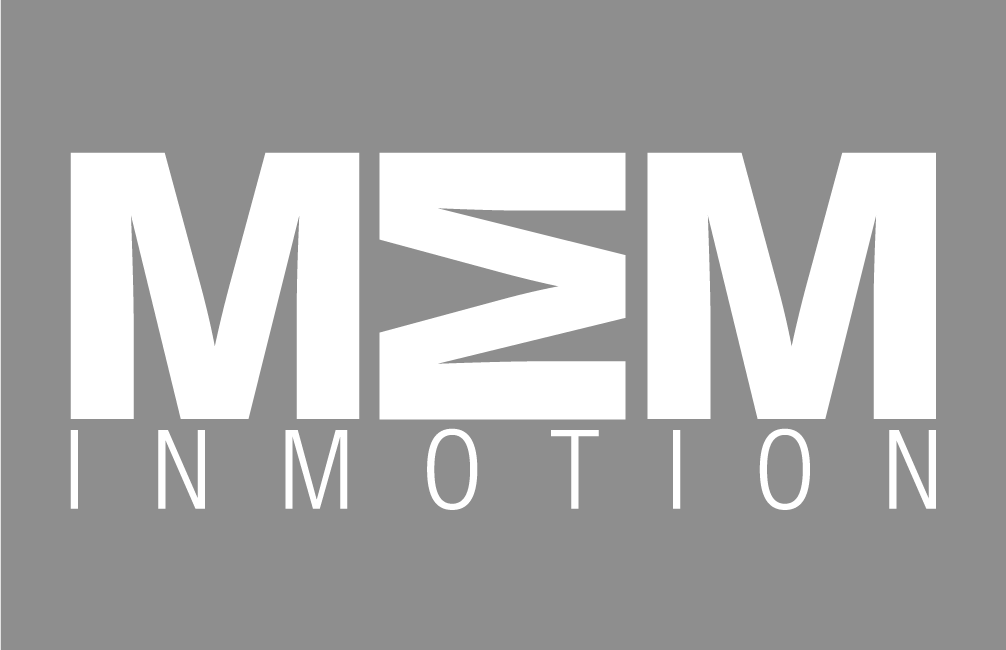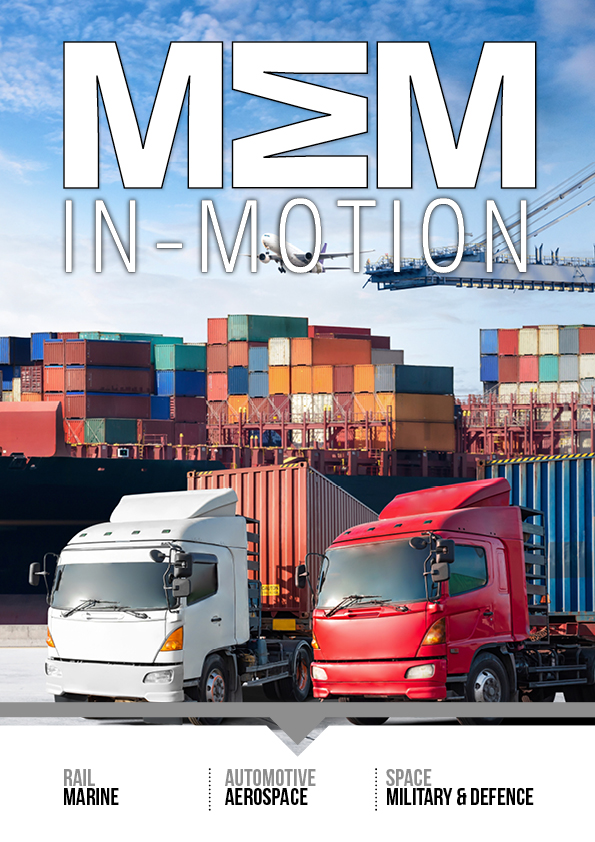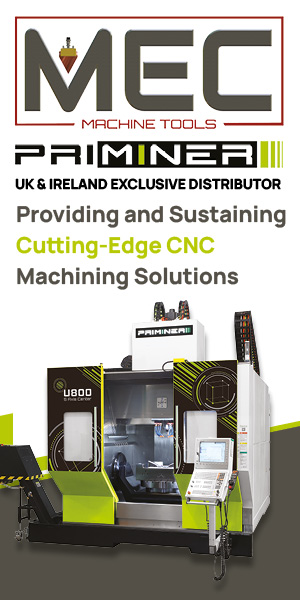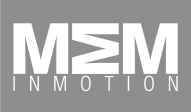An opportunity arose to establish strong relationships with the regional aircraft manufacturers from rising investments in the domestic aerospace manufacturing segment. As the industry is transitioning to sustainable materials, it is vital that vendors develop strategies that include promotion and distribution, while informing customers about the new products.
Even though polysulfides are the most widely used resins in the aerospace sealants market, their share is gradually being depleted by the high-growth epoxy and PTFE resins that are aggressively being developed and commercialized for want of more sustainable and efficient products, said Christeena Thomas, Frost & Sullivanâs Senior Research Analyst, Visionary Science.
The Global Aerospace Sealants Market, Forecast to 2023, shows that there are growth opportunities as well as restraints for providers supplying original equipment manufacturers (OEMs) and maintenance, repair, and overhaul (MRO) end users in the commercial aviation, defence, and general aviation fields.
Currently, the aerospace sealants market gains a considerable portion of its revenues from the commercial aviation end-use segment. The high growth of unmanned aerial vehicles (UAVs) in the commercial, defence, and general aviation segments is predicted to open up new applications and product development opportunities that will boost the revenue of the overall global market.
The aerospace field is known as being highly regulated and OEMs such as Airbus and Boeing are the ones that ultimately decide the material selection. Based on OEMsâ approval, distributors in the marketplace choose their suppliers, and the time and costs involved in the process are entry barriers for small and regional new entrants to this market.
Programs such as REACH and US EPA are expected to increase the R&D and transaction costs that businesses incur when developing and distributing advanced resin formulations. Also, companies must pay significant fees to register with these organizations, which has further implications that lead to consolidation of smaller companies with insufficient capital, said Christeena Thomas.
